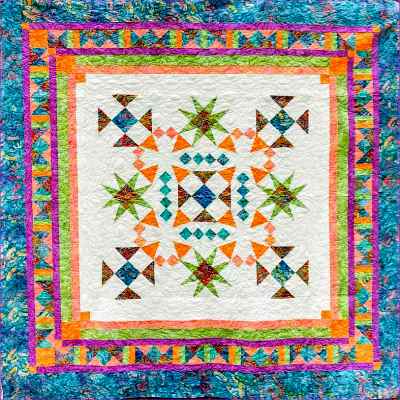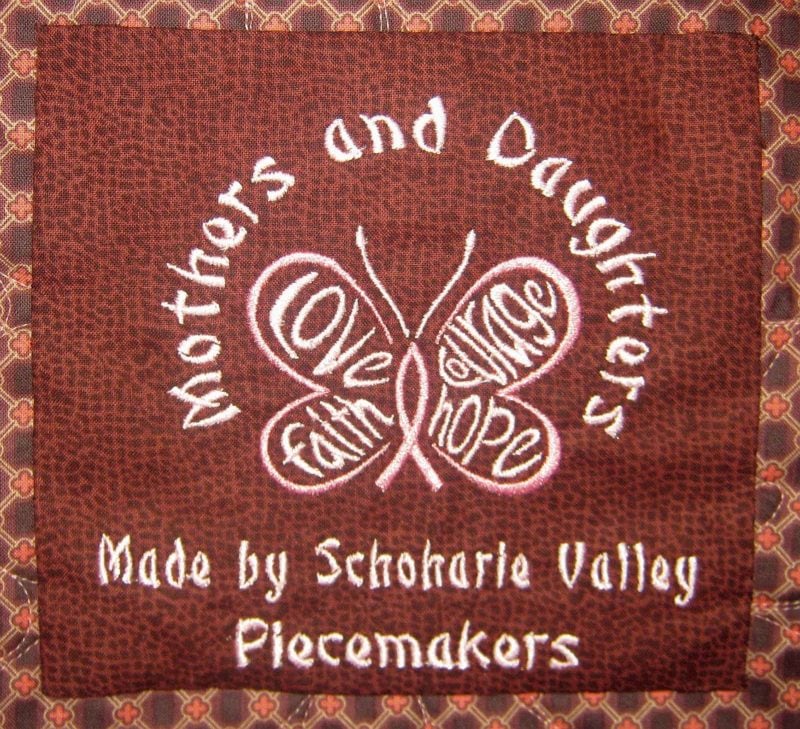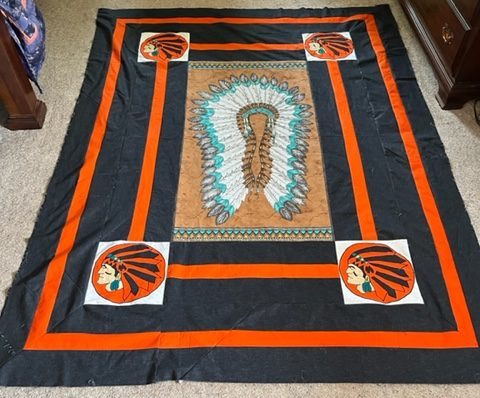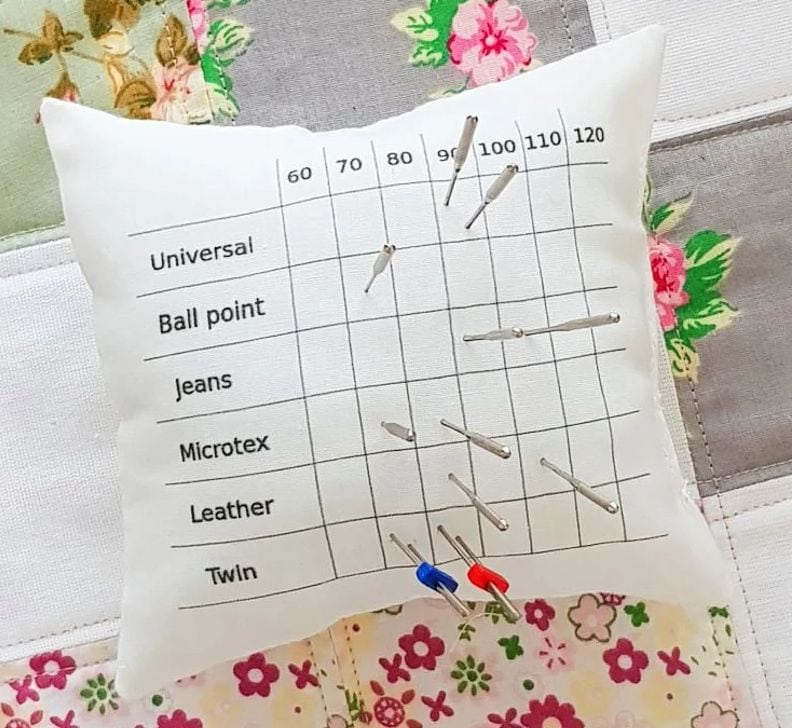*This post MAY contain affiliate links. That means that if you make a purchase after clicking on a link I may earn a small commission at no extra cost to you. I don’t ever recommend something that I don’t use myself. Not all links are affiliate links. For more information, see our Privacy Policy.
Storing Wool Items
Stored wool items such as sweaters and other garments can be damaged by insects, specifically moths. You can tell when you have moth damage instead of fiber breakage (fraying) caused by age or use because the hole has very sharply defined edges.
These aren’t the moths you see fluttering around lights. These moths are tiny 1/8″ insects such as the Webbing Clothes Moths, the Case Making Moths, or the Tapestry Moths that travel on people and animals until they find somewhere to lay their eggs. It’s the larvae of these moths that actually does the damage. They feed on the keratin found in natural fibers such as wool. These larvae prefer fibers that have some moisture in them, which is why they are so attracted to soiled garments. They also like the dark, which is why floor rugs often show damage on the bottom but not the top.
The easiest way to avoid moth damage when storing wool items is to clean the item thoroughly before storing it, thus removing any insect larvae. Store it in a sealed container such as a zippered bag to prevent insects from getting in. Keep it in an area of low humidity without temperature extremes.
Wool can be washed in lukewarm water (around 100 F) with a low PH soap. A teaspoon of vinegar or lemon juice in the wash water will help lower the PH. Do not twist, agitate or wring out your wool items – they may shrink or felt. Block your wool item by laying it flat and shaping it on a screen or towel to dry. If you can’t wash something, put it in a freezer at -4F for at least two weeks to destroy all larvae.
Use mothballs or other repellants when storing items, but never let them actually touch the wool. Wash your hands thoroughly after handling mothballs.
Natural moth repellent sachets are nice to tuck into sweater drawers and hang in closets. Here is a simple recipe for making your own. You can buy most of these ingredients at health food stores. While you are there, purchase the empty cotton bags they sell for making your own teabags. You can use these to make your own sachets.
- 2 ounces dried rosemary
- 2 ounces dried mint
- 1 ounce dried thyme
- 1 ounce dried ginseng
- 8 ounces of whole cloves.
Other plant materials that work well as moth repellents are cedar shavings, hyssop, lavender, lemon, sweet woodruff, tansy, and winter savory. Even a strong-smelling soap will work.
For more information on controlling moths and other pests, visit https://www.bugspray.com/article/clothesmoths.html
Click here for more quilt tips and tutorials.
Have another tip to offer? Send it to me or reply below and I will add it here.
Don’t forget to sign up for the newsletter! Once a week, I send updates on quilt-related information I have found while wandering the web. This might be an inspiring article, a tip or tutorial I have discovered (or written), and occasionally exclusive offers & discounts as well as immediate access to the secret page of free patterns, guides, and printables. You can follow my page on Facebook, or join the Make Believe Quilters group, too.






